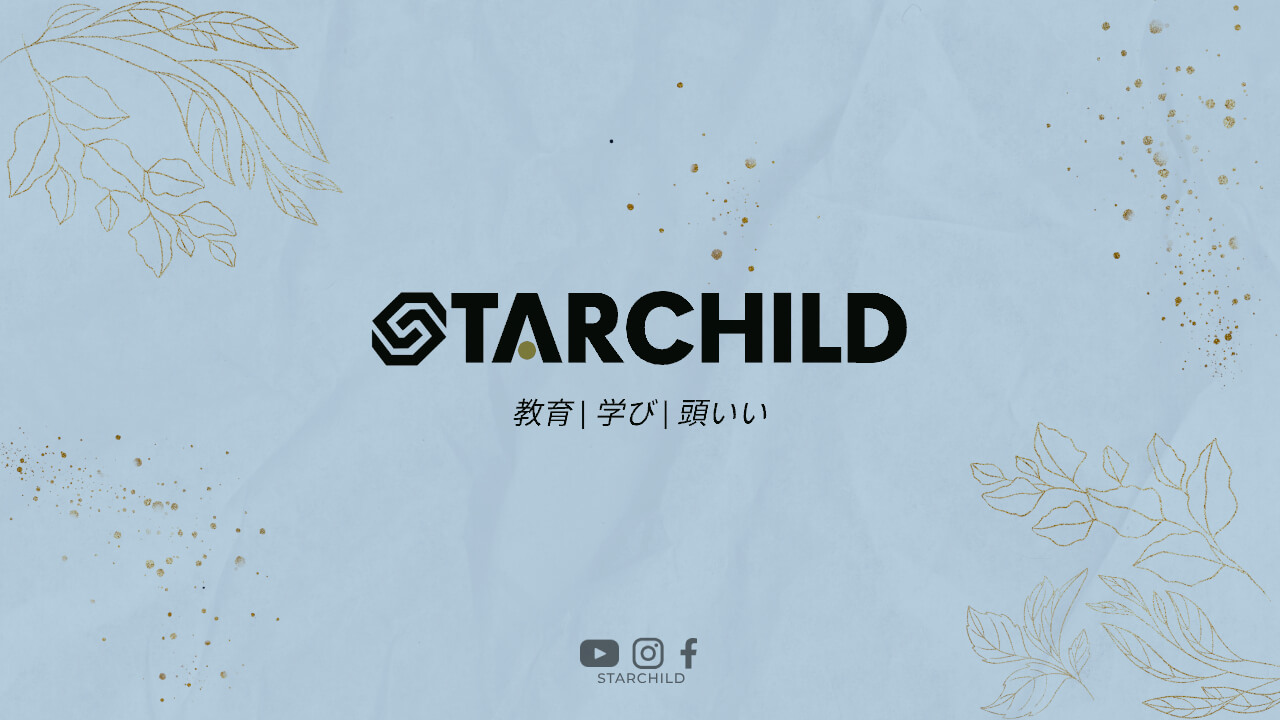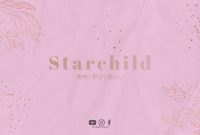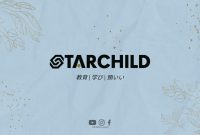If you’re looking to pursue a career in music in Japan, enrolling in a music university is an excellent way to start. With a wide range of courses and programs available, these institutions offer students the opportunity to hone their skills and develop their musical talents.
What is a 音大?
音大, or “ongaku daigaku,” is the Japanese term for a music university. These institutions offer a variety of undergraduate and graduate programs in music, including performance, composition, musicology, and music education.
音大 is often used as a catch-all term for music universities in Japan, but there are actually several different types of institutions available for students to choose from.
Types of Music Universities in Japan
There are three main types of music universities in Japan: national, public, and private.
National universities are run by the government and typically have the highest level of prestige. Public universities are also government-funded, but they are run by local governments and tend to be less competitive than national universities. Private universities are run by private organizations or individuals and often have a more specialized focus.
音大 カリキュラム: Understanding the Curriculum
The curriculum of a music university in Japan will vary depending on the type of institution and the specific program you choose to enroll in. However, there are a few key components that are common to most music programs.
Performance Studies
Performance studies are a core component of most music programs. This includes individual lessons with a professor, as well as ensemble work with other students. Students will typically be required to perform in recitals and concerts throughout the year.
Music Theory and History
Music theory and history courses are also a critical part of the curriculum. These courses cover topics like music notation, harmony, and form, as well as the history of music from various time periods and cultures.
Ear Training and Sight-Reading
Ear training and sight-reading are essential skills for any musician. These courses help students develop their ability to read music and play by ear.
Music Education
For students interested in pursuing a career in music education, many music universities offer specialized courses in this area. These courses cover topics like pedagogy, curriculum development, and classroom management.
Choosing the Right Music Program
When choosing a music program, it’s essential to consider your goals and interests carefully. Some programs may be more performance-focused, while others may have a greater emphasis on music education or composition.
It’s also important to research the faculty at each institution. Look for professors who have experience in your area of interest and who have a track record of success with their students.
Admissions Requirements
Admissions requirements for music universities in Japan can vary widely. However, most programs will require some combination of the following:
- Auditions: Most music programs will require an audition as part of the application process. This will typically involve performing a piece of music on your chosen instrument.
- Entrance Exams: Some programs may require an entrance exam in addition to an audition. This may include written tests in music theory or history.
- Language Proficiency: Depending on the program, you may be required to demonstrate proficiency in Japanese or English.
Conclusion
音大 カリキュラム can be an excellent way to develop your skills as a musician and prepare for a career in the music industry. With a wide range of programs available, there is sure to be an institution that meets your needs and interests.
By carefully researching your options and preparing for the application process, you can set yourself up for success and achieve your dreams of becoming a professional musician.




